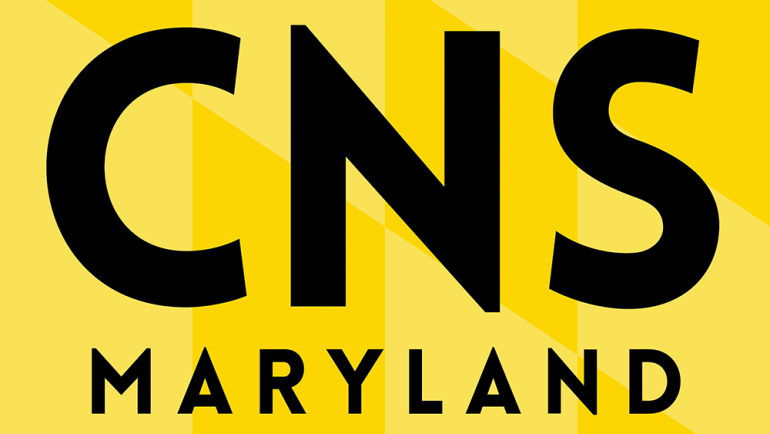WASHINGTON – Catholic churches in the region paid $5.6 million to victims of 68 priests who were accused of sexually abusing minors over the past 50 years, according to a report Friday by a board set up by the U.S. Conference of Catholic Bishops.
Church leaders in the region — which includes Maryland, Delaware, West Virginia, and Washington, D.C. — called the report “sobering” but said they hoped it was a step toward healing.
“If there is a problem in a dark place, it is important to put a light on the problem and fix it. I think that is what we are trying to do,” said Cardinal William H. Keeler, the archbishop of Baltimore.
But Mark Serrano, the Mid-Atlantic director of the Survivors Network of those Abused by Priests, does not give the church credit for releasing the report, saying the bishops have come to the point of publicizing their misdeeds “kicking and screaming.”
“If you look at the numbers at face value, the bishops have acknowledged through this survey that they hid serious child molesters around children all these year,” Serrano said.
The report, which was based on confidential surveys of priests, victims and dioceses, found that 4,395 clerics were accused of abusing minors between 1950 and 2002, or about 4 percent of all priests and deacons nationwide.
That compared to about 5 percent of clerics who were accused over the period in this region. The report did not include specific Maryland numbers, just regional and national statistics.
Nationally, the report said, 81 percent of the alleged victims of priests were male and 78 percent were between the ages of 11 and 17 when the abuse began. Over 46 percent said they were abused numerous times. The abuse ranged from touching a child outside his clothes to sodomy and other explicit sexual contact.
Bishop Michael A. Saltarelli of the Wilmington Diocese — which includes Maryland’s Eastern Shore — said in a prepared statement that similar abuse can be found in other faith, social and political groups. But while comparing those groups to the church might “assuage the statistics,” he said that bishops and priests “know that more is expected of us since the Lord has given us such a high calling.”
The surveys, which were administered by John Jay College of Criminal Justice at the City College of New York, found that sexual abuse allegations peaked in the 1970s, when 35.5 percent of the abuses were alleged to have taken place. They fell sharply between 1990 and 2002, a period that accounted for just 6.2 percent of the total number of reported abuses.
“I think it was a reflection of what was going on in American society,” Keeler said. “It was the time of a collapse of morality, the Vietnam War, lack of respect for authority. That was the context for the difficulties.”
But the National Review Board for the Protection of Children and Young People, the church-appointed task force that commissioned the study, said the tenor of the times does not excuse the church. It said poor screening and training of seminary students, along with bishops who feared scandal and believed their priests over their parishioners, allowed the sexual abuse to occur.
There was a presumption among bishops that the allegations were not correct because priests are considered “Christ on Earth,” said Robert Bennett.
“How could Father So-and-so, who is Christ-on-Earth, have done such a horrible thing?” Bennett asked.
He said a bishop accusing a priest would be like a parent turning his own child in to police.
But Serrano criticized the report. Among other problems, he said, it does not identify perpetrators by name, which he said would protect children from abuse and help others who have been abused to come forward.
“Names give victims affirmation. Many victims believe they are alone and struggle through their adult lives,” he said.
But McCarrick said in a prepared statement that the study will help protect young people and heal the church.
“It is my prayer that today’s reports (will) bring further healing and assist us even more in ensuring this crisis never happens again,” he said.
-30- CNS 02-27-04

